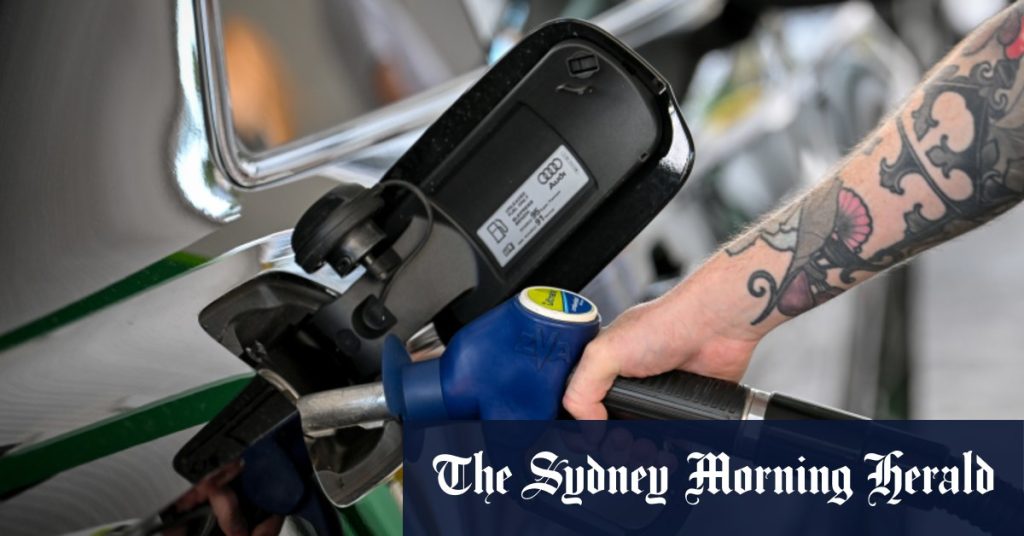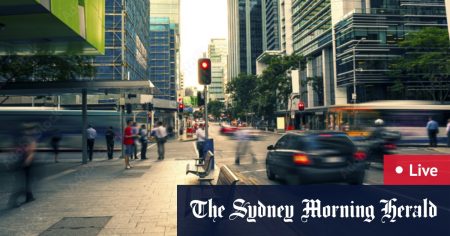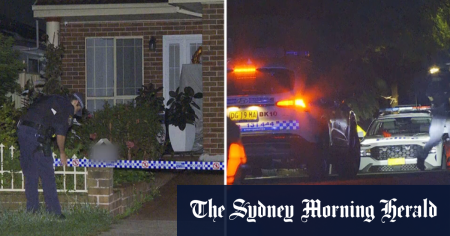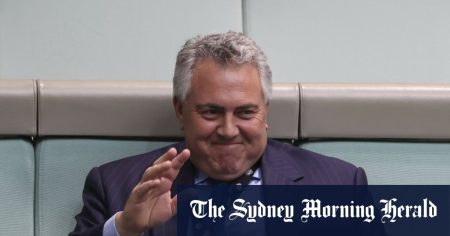Australians are currently facing record high fuel prices due to a combination of a weak Australian dollar and rising crude oil prices. According to data from Compare the Market, the average price of 91 octane unleaded petrol has reached 217.92 cents per litre in major cities such as Melbourne, Sydney, Brisbane, Adelaide, and Perth. This surpasses the previous record of $2.17 set last September, indicating a significant increase in costs for drivers across the country.
The city with the highest average petrol price was Brisbane, where motorists were paying around $2.30 per litre, with some stations charging as much as $2.35 per litre. Melbourne and Sydney were not far behind, with prices around $2.25 and $2.13 per litre, respectively. Perth had the lowest average price of the five major capitals, at $1.94 per litre. These elevated prices have been a cause of concern for many Australians, who are feeling the pinch at the pump as they go about their daily routines.
Chris Ford, a spokesperson for Compare the Market, highlighted several factors contributing to the spike in petrol prices. He noted that wholesale prices have risen significantly, from an average of $1.65 per litre at the beginning of the year to $1.88 per litre currently – a 13.9% increase. This surge in wholesale prices has put pressure on retailers, who are forced to pass on these costs to consumers in the form of higher prices at the bowser. While it may be tempting to blame petrol stations for the price hikes, it is important to understand the various economic factors at play.
The weakening Australian dollar has also played a role in driving up fuel prices, as it makes it more expensive to purchase oil on the international market. This, combined with geopolitical tensions and supply chain disruptions, has led to a sharp increase in crude oil prices, which in turn impacts the cost of petrol for consumers. The situation is further exacerbated by the ongoing COVID-19 pandemic, which has disrupted global trade and contributed to market volatility, adding to the challenges faced by the industry.
As Australians grapple with the burden of higher fuel costs, many are seeking ways to mitigate the impact on their budgets. Some are opting to carpool, use public transport, or switch to more fuel-efficient vehicles to reduce their overall expenses. Others are exploring alternative forms of transportation, such as cycling or walking, to avoid relying on petrol altogether. Additionally, consumers are encouraged to shop around for the best fuel prices and take advantage of loyalty programs and discounts to save money on petrol purchases.
In conclusion, the current surge in petrol prices in Australia is a result of a combination of factors, including a weak Australian dollar, rising crude oil prices, and market volatility. While motorists may feel frustrated by the high costs at the bowser, it is important to understand the underlying forces driving these increases. By being proactive in seeking out ways to reduce fuel consumption and save money on petrol purchases, consumers can better navigate the challenges posed by the current economic climate and ensure they are making informed choices when it comes to their transportation needs.















